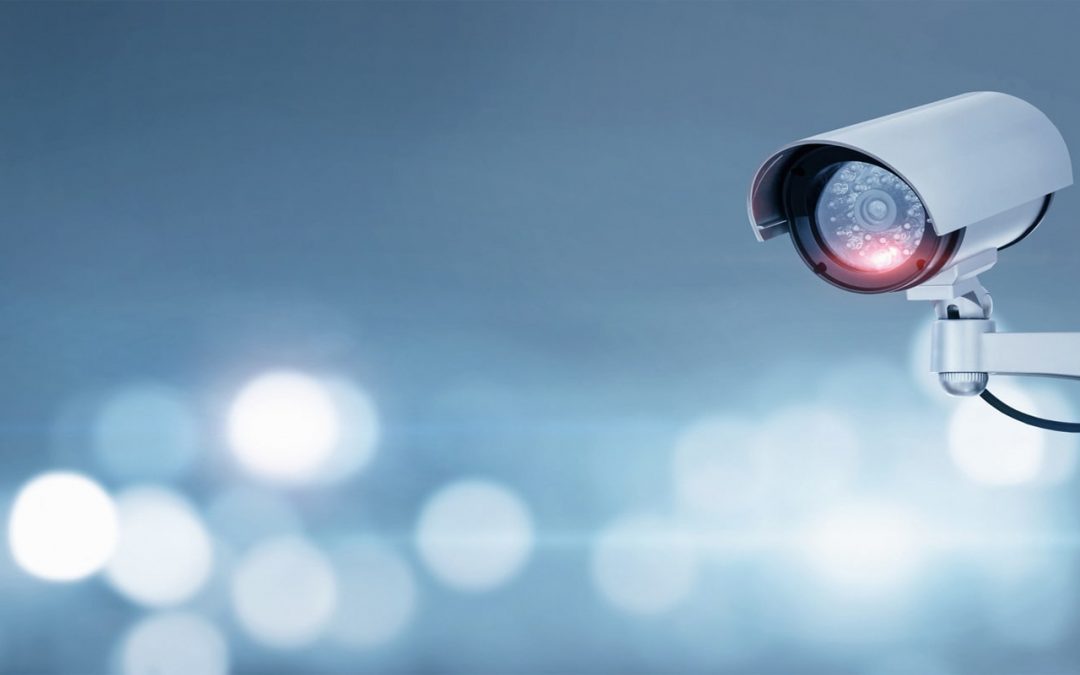It may seem odd, but the concept of a security system originated with some of our early ancestors thousands of years ago. Ancient civilisations such as Egypt, Greece and Rome would implement various ways to keep their cities safe from foreign invasions, thieves, or enemy troops, developing ingenious wooden locks and training guard geese.
Although modern security technology as we know it developed many centuries later, the primal instinct of self-protection has always influenced people to adapt to different safety techniques to protect their work, house, kids and family. The concept of home security has been implemented commercially by wider communities, such as schools, businesses, and government buildings.
The need for such protection today isn’t unjustified. According to a recent survey, nearly 44% of businesses have experienced a break-in in the last few years. If you’re a business owner, this will be a terrifying thought because your company is your livelihood, and any victimisation puts you and your employees at risk.
Even as security systems develop, so too do criminals, with new methods of bypassing traditional security measures. It is no longer sufficient to simply lock the door before leaving at the end of the day — additional precautions must be taken. Fortunately, innovative advances in the commercial security industry have provided business owners with new options for protecting their property, with greater commercial security features for your business. The universal shift towards mobile technology has also supported these advancements.
Today it’s critical to stay one step ahead of criminals attempting to disrupt your business. So here, we look at some of the top commercial security features of 2022.
Wireless Monitoring
Wireless technology is a groundbreaking innovation in the world of commercial security. Traditionally, monitoring equipment needs to be hardwired, meaning many vulnerable cables have to be run through walls and ceilings to reach the primary security component.
On the other hand, wireless security systems are faster and less damaging to your building’s infrastructure. This is particularly prevalent if you rent your office building or plan to relocate and don’t want to damage your walls. Wireless components are also interactive, ensuring that your system is in sync with any touch screen technology.
Monitoring through touch screen technology
Touch screen monitoring is now used in most security systems, putting greater control in your hands. You can arm your business remotely using a touchscreen, while the more intuitive designs provide you with an overview of your office or property’s security status. Real-time video monitoring is also possible with touchscreen devices, as technology has advanced to the point where high-definition devices are easy to read and operate.
Syncing security sensors with a wireless network
Multiple security sensors are highly beneficial if you own a large office or a company with warehouses or storage units. Sensors ensure that all areas, including windows and doors, are protected from intrusion. Additional motion detectors add to the coverage, informing you if there has been a break-in.
Everything appears to be possible on your smartphone, with business security no exception. Sensors are becoming more wireless and can link to your touch screen system for smartphone control, with instant access to your company’s security status. With greater control, remote system arming and video monitoring are possible, streamlining the entire security setup.
Video surveillance devices
Video surveillance equipment is still predominantly used as a security precaution. However, thanks to advances in video capability and quality, surveillance cameras can now be controlled with tablets, smartphones, and laptops, which means you can monitor your security from anywhere in real-time. Keeping a personal eye on your property adds a new level of convenience and coverage when it comes to ensuring against break-ins.
Comparing security systems for commercial buildings and businesses
There are a few keynotes to consider when comparing providers for the various components of a commercial security system. Most of the systems mentioned above are included in the security systems of an office building and come as an all-in-one experience. The other option is to use different service providers who specialise in specific types of technology.
To get the most out of whatever commercial building security system you choose, you should look to access each provider and product based on the following features:
Interoperability
Your system should be able to conveniently connect to other building systems, providing customisation and adaptability. A third party’s technology, in this case, may stand in the way of the functionality and scalability of a commercial building’s security system.
Easy to install and configure
Always seek clarity with your installer around a new system’s implementation. Look for business security systems that use standard wiring to avoid a full rip-and-replace. Similarly, ensure that the systems you select are simple to configure and set up once installed.
Maintenance cost
While upfront costs are important for budgeting, don’t forget to factor in long-term maintenance costs for office security systems. Compare the fees for regular onsite maintenance and the average cost of software upgrades for on-premise systems. Review the monthly cost of any subscription service and consider the price difference as a way to scale the system or add custom features.
Customer service
Customer support is an often overlooked yet integral part of security infrastructure investments. Delaying in customer support (or coming up with quick fixes for bugs) can increase your chances of a breach.
Take time while assessing companies
When comparing commercial security systems for your business, another critical point to note is if the company is truly worth your investment. While an all-in-one solution can seem appealing to businesses looking for a quick fix to their security issues, one-size-fits-all solutions are limited in flexibility and customisation.
If a key feature is missing from the system, you’ll need to install third-party equipment or software, which must be managed separately. Furthermore, an all-in-one business security system may include more features than needed. Still, it may also result in a higher cost over using integrated solutions from multiple vendors.
Taking note of these pointers means you should be able to get the best fit and cost for your building’s needs based on the security options that suit you. If you have any questions about set-up or to view additional options, click here to connect and let us help you.

